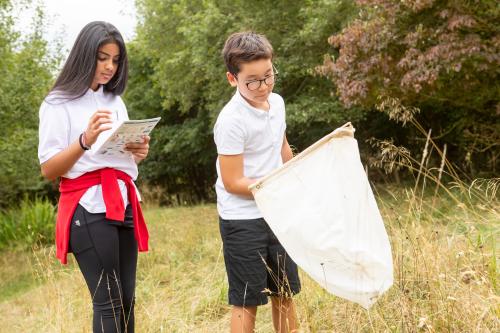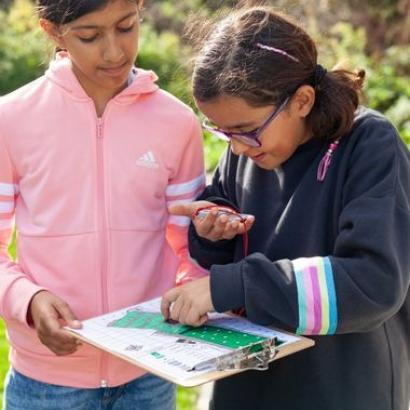

Investigating ecosystems
Investigating ecosystems
Students will study the animals in a habitat found in the forest, identifying the species, their adaptations and trophic levels within a food chain and food web. They will find out how habitats within the forest come under threat from both the climate emergency and other environmental threats.
Choose one of these habitats to study:
- Pond April to October only
- Woodland all year
- Meadow/grassland April to September only
Learning objectives
- Use keys and observations to identify living organisms
- Understand that different organisms are found in different habitats due to differences in environmental factors
- Identify adaptations of animals for survival
- Identify the animal’s trophic level to create food chains and/or food webs
- Use appropriate methods to collect invertebrates from different habitats
National curriculum links
KS3 Science
Interactions and interdependencies - Relationships in an ecosystem
- the interdependence of organisms in an ecosystem, including food webs
- how organisms affect, and are affected by, their environment, including the accumulation of toxic materials.
Genetics and evolution - Inheritance, chromosomes, DNA and genes
- differences between species
- the variation between species and between individuals of the same species means some organisms compete more successfully, which can drive natural selection
- changes in the environment may leave individuals within a species, and some entire species, less well adapted to compete successfully and reproduce, which in turn may lead to extinction
- the importance of maintaining biodiversity and the use of gene banks to preserve hereditary material.



